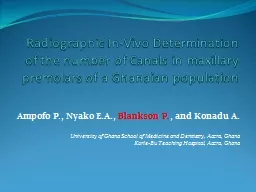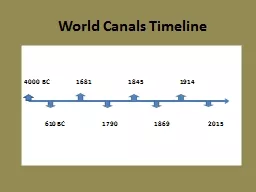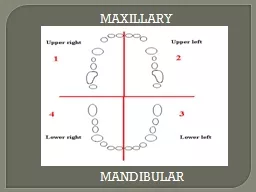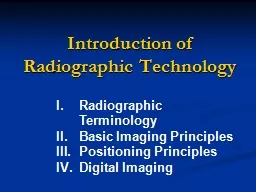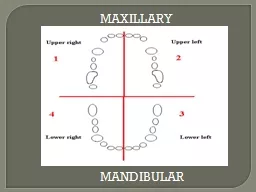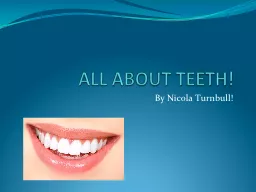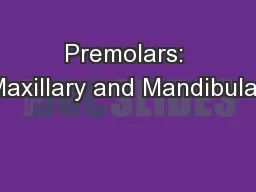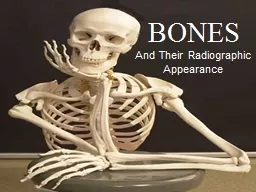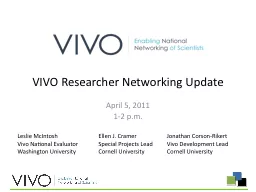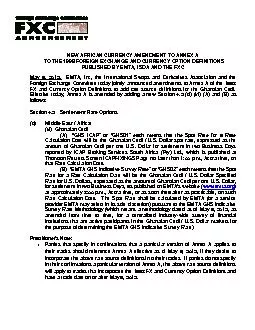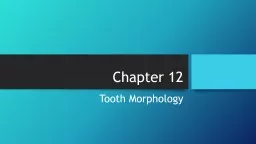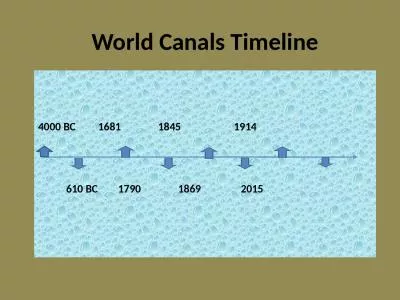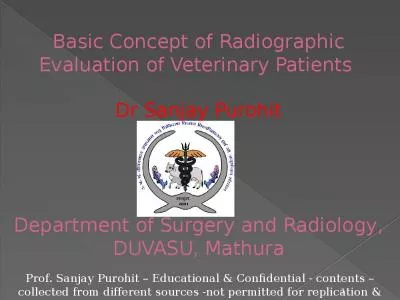PPT-Radiographic In-Vivo Determination of the number of Canals in maxillary premolars of a
Author : pattyhope | Published Date : 2020-06-17
population Ampofo P Nyako EA Blankson P and Konadu A University of Ghana School of Medicine and Dentistry Accra Ghana Korle Bu Teaching Hospital Accra
Presentation Embed Code
Download Presentation
Download Presentation The PPT/PDF document "Radiographic In-Vivo Determination of th..." is the property of its rightful owner. Permission is granted to download and print the materials on this website for personal, non-commercial use only, and to display it on your personal computer provided you do not modify the materials and that you retain all copyright notices contained in the materials. By downloading content from our website, you accept the terms of this agreement.
Radiographic In-Vivo Determination of the number of Canals in maxillary premolars of a: Transcript
Download Rules Of Document
"Radiographic In-Vivo Determination of the number of Canals in maxillary premolars of a"The content belongs to its owner. You may download and print it for personal use, without modification, and keep all copyright notices. By downloading, you agree to these terms.
Related Documents

